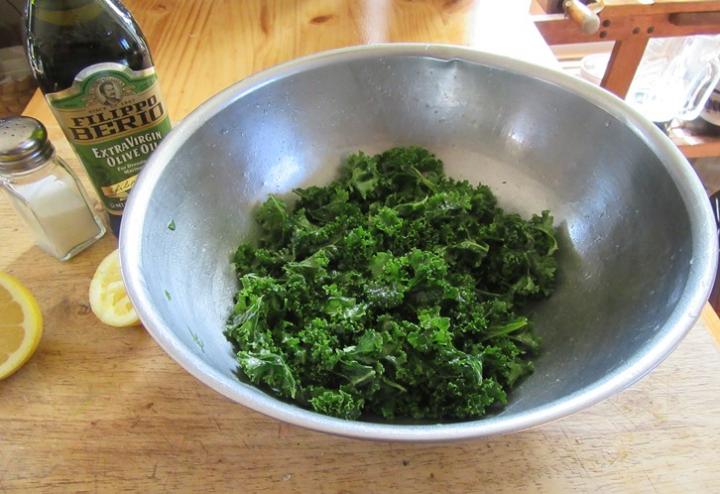





 Margaret Boyles
Margaret Boyles
I knew I hadn’t failed childrearing entirely the night my young daughter walked into the kitchen and exclaimed, “Oh goody! Kale for supper.”
Many years later, she left New Hampshire for Arlington, Virginia, and moved in with a friend while she looked for a job. During our first phone conversation after her arrival there, she announced, “I can’t afford the food here. Broccoli costs $2.50 a head, and I’m not talking organic.”
Coming from a home that goes heavy on home-grown vegetables, and supporting herself for the first time, she bumped hard against the luxury of a vegetable-rich diet in a wealthy suburban neighborhood.
However, a few days later she called back to announce, “Hurrah! I found a veggie I can afford. Kale—only ninety-nine cents for a two-pound bag. They sell it as ‘decorative greens.’ I don’t think they think anyone actually eats it.”
My perspective on kale: Almost everyone thinks they should eat it, and many try it once or twice, but never again. It’s dry (which makes many varieties so winter-hardy), tough and strong-tasting.
Among the most nutritious of vegetables, kale is easy to grow, even in a small container, and is nowhere near as susceptible to the diseases and insect pests that plague broccoli and other members or the cabbage family.
It comes in many varieties: some with frilly, leaves, others with puckered or flat foliage, in colors ranging from pale green to deep green to purple, in sizes ranging from dwarf to gigantic.
If you don’t grow your own, it’s cheap to buy, available year round.
We grow a lot of kale in different varieties, and enjoy it sauteed, chopped fine for salads, and added to soups. I’ve made kale chips and kale rollups (like cabbage rolls), but only recently learned of one way to transform those big, raw kale leaves into a delicacy: massaged kale salad. No kidding!
Try it, and you may turn kale-haters into fans. Here’s how:
Wash your hands well.
Note: Once you teach them how, “massaging the salad” is a great task for children and others who don’t usually participate in meal prep. You can also store a quantity of massaged, salad-ready kale for a few days in the crisper drawer of your fridge.
~ By Margaret BoylesMargaret Boyles lives in a wood-heated house in central New Hampshire. She grows vegetables, keeps chickens, swims in a backyard pond in summer, snowshoes in the surrounding woods in winter, and commutes by bike whenever possible.
Copyright © www.100flowers.win Botanic Garden All Rights Reserved